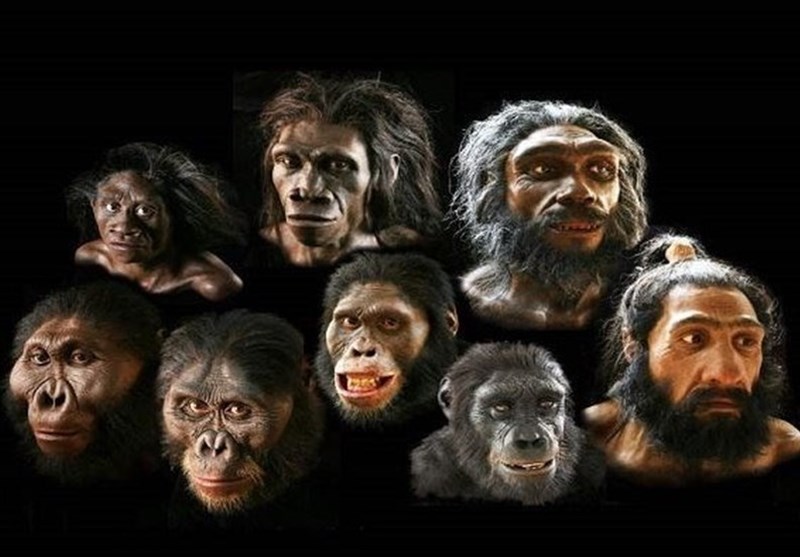At the intersection of human behavior and cultural practices lies the age-old question of whether humans are inherently monogamous. This inquiry invites an examination of our species’ mating systems through an anthropological lens, one that emphasizes cultural relativism to transcend simplistic biological determinism. The exploration reveals a complex interplay of evolutionary imperatives, environmental influences, and cultural narratives that shape human relationships.
At the outset, it is essential to define what is meant by monogamy. Traditionally, monogamy signifies a social arrangement where an individual has one partner at a time, and it can be observed in both sexual and emotional contexts. However, this definition cloaks a myriad of variations and nuances that exist across different societies. As anthropologists delve into the rich tapestry of human relationships, it becomes apparent that monogamy is not a uniform standard but a culturally constructed ideal.
From an evolutionary perspective, some proponents argue that monogamy is advantageous for offspring rearing. In species where parental investment significantly enhances offspring survival, the collaboration of two partners can be beneficial. Such a model suggests a natural proclivity toward monogamous pair bonds to ensure the propagation of genes. However, this biological argument is problematic when placed beside the extensive ethnographic evidence that showcases diverse mating systems, including polygyny, polyandry, and other non-monogamous arrangements.
In societies characterized by resource abundance, such as many contemporary Western cultures, monogamous practices might appear as the norm. Conversely, in communal or resource-scarce environments, multi-partner arrangements often prevail. The ethnographic record indicates that cultures such as the Maasai of East Africa, or the Trobrianders of Papua New Guinea, exhibit practices of polygyny where one male shares relationships with multiple females. This denotes not merely a license for sexual variety but a social structure deeply entwined with economic and status considerations.
The culturally relativistic viewpoint compels us to look beyond innate biological urges and to scrutinize the socio-political constructs surrounding mating practices. For instance, among the Nayar of southern India, the traditional practice involves complex familial and kinship networks where women engage in multiple relationships without the confines of formal marriages. Such arrangements challenge Western assumptions of fidelity and commitment, highlighting that the contours of human relationships are often dictated by cultural frameworks more than biological imperatives.
Moreover, the advent of social norms and legal frameworks surrounding marriage can also influence monogamous practices. Historically, in many societies, marriage has served functions beyond the personal realm, regulating inheritance, wealth transfer, and alliances between clans. As such, monogamous unions were often employed as strategic partnerships that upheld social order rather than purely romantic entanglements. This delineates a crucial aspect of human behavior: the notion that cultural practices can be a response to social conditions rather than intrinsic human desires.
In contemporary settings, the rise of individualism and personal autonomy, particularly in post-industrial societies, has redefined the landscape of relationships. The motivations for remaining monogamous or exploring non-monogamous partnerships have become varied and personalized. While some individuals still align with the traditional notions of loyalty and commitment, others pursue alternative structures such as open relationships or polyamory. These arrangements reveal an ongoing evolution in human coupling strategies, increasingly reflective of personal choice rather than societal imposition.
Cultural relativism allows anthropologists to acknowledge that the diversity of human relationships is intrinsic to human experience. This perspective dismantles binary notions of monogamy versus non-monogamy, fostering a greater appreciation for the spectrum of relational models that exist across the globe. Anthropologists emphasize that individuals can adhere to monogamous principles while simultaneously engaging in other forms of intimacy that reflect both personal desires and cultural conditioning.
Furthermore, the question of whether humans are monogamous by nature is intricately linked with contemporary discourse on attachment theory and socialization. Research in psychology indicates that early relational experiences play a pivotal role in shaping attachment styles, which, in turn, influence adult romantic relationships. Variability in the development of secure or insecure attachments can inform an individual’s approach to monogamy or non-monogamy, further complicating the dialogue around innate tendencies in human mating behavior. This understanding lends credence to the idea that relational dynamics are profoundly influenced by socio-cultural contexts and personal experiences.
Ultimately, examining human relationships through the prism of cultural relativism unveils a more nuanced understanding of monogamy. It urges a relinquishing of rigid binaries that disregard the vast array of human experiences. Monogamy, while prevalent in certain contexts, is not an absolute human condition. Anthropologists advocate for embracing the multiplicity of human relational possibilities—accepting that our connections are as diverse as the cultures that shape us.
In conclusion, as human societies continue to evolve, so too will the frameworks governing love, partnership, and intimacy. The anthropological pursuit of understanding human mating systems underscores the importance of viewing relationship models through an inclusive cultural lens. This shift in perspective promises not only to challenge pre-existing notions regarding human nature but to invite curiosity about the myriad ways people create meaningful connections in ever-changing social landscapes.
